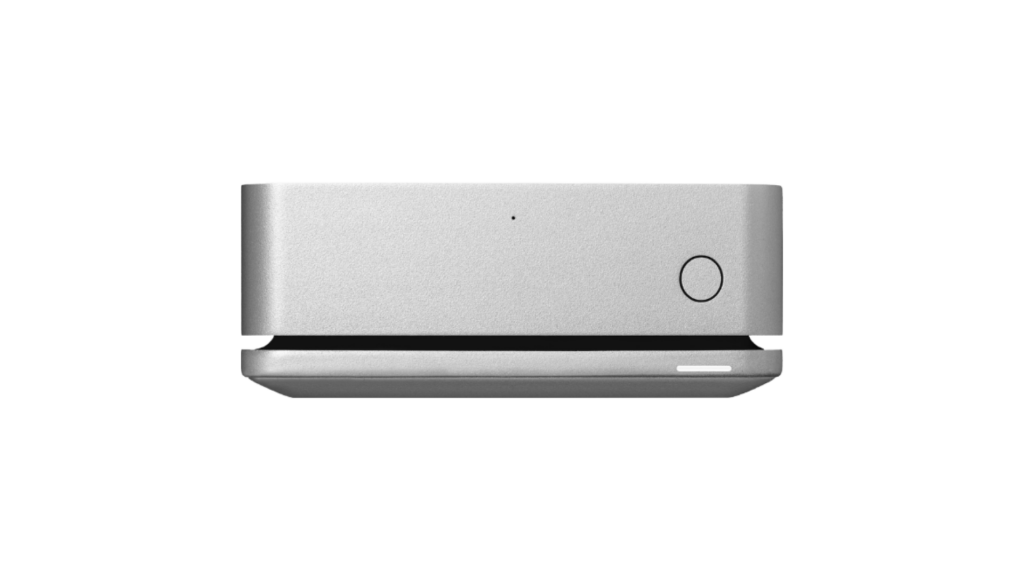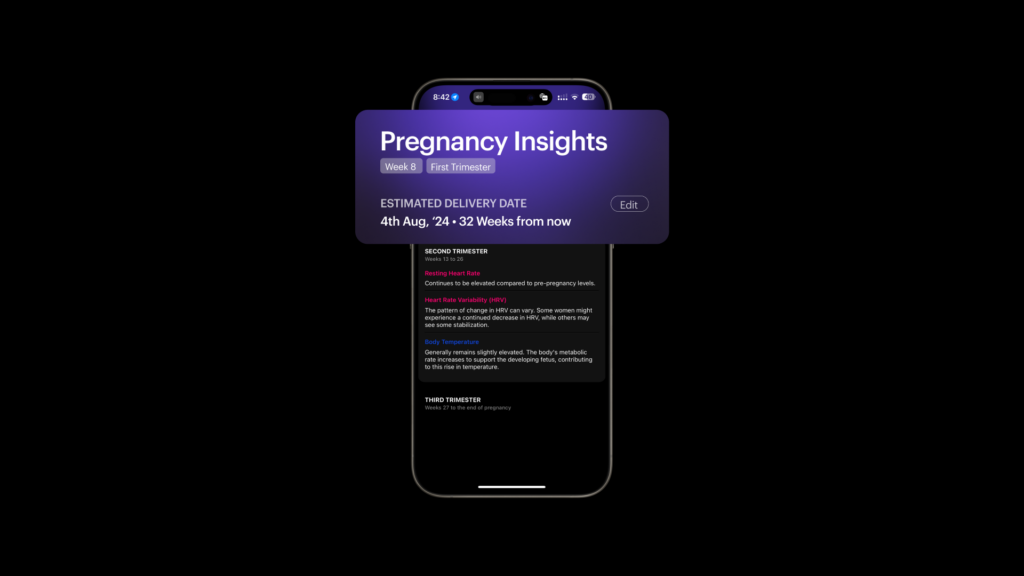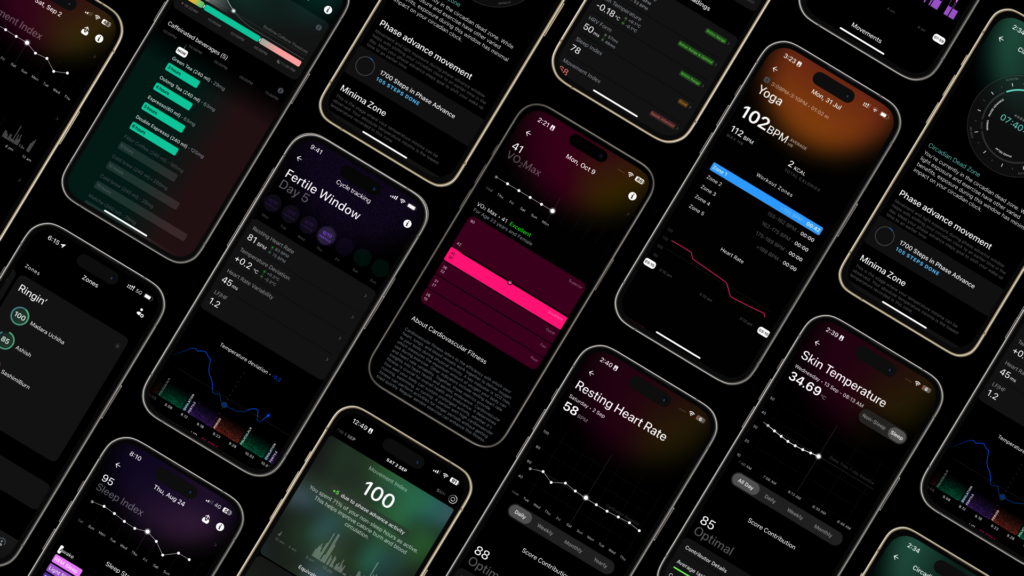While our heart rate is commonly used as a metric for the pace at which our heart beats, heart rate variability (HRV), the measure of varying intervals between two heartbeats, is something that is less commonly known and understood. Blood sugar, or the level of energy in the form of glucose present in one’s blood, is affected by this variability. How are the two connected? Let’s find

Highlights
- HRV is a measure of the varying intervals between two heartbeats,
- There is a connection between heart rate variability and blood glucose levels, with reduced HRV impacting the body’s processing and storing of glucose,
- The latest research suggests that HRV decreases with age.
Understanding HRV and Blood Sugar
Heart rate, usually measured in beats per minute (BPM) is a count of how often a heart beats over a minute. However, this is an average score and doesn’t factor in the time difference between two consecutive heartbeats.
This means that a heart beating at 60 BPM isn’t beating once every second, and the time gap between any two beats can be more varied. This measure of variability is the HRV. It counts the change of our heartbeats’ rhythm.
Blood sugar, also known as glucose, is an energy source that runs the body’s functions efficiently. It fuels our day-to-day activities. We typically pick up on glucose levels only when they stray from their suitable boundaries and affect regular functioning.
Glucose is a simple, singular sugar and a subcategory of carbohydrates. Along with fat, glucose is the body’s preferred source of fuel.
How are HRV and Blood Sugar Connected?
In a 2016 study of 23 subjects who are related to people with diabetes and 24 subjects without diabetic history for a control group, it was found that a change in HRV during regular life can be linked to insulin resistance.
Further, a reduction in HRV might also affect the body’s functioning of processing and storing glucose.
This can be caused by a condition called loss of autonomic function, which is when the body sweats extremely or irregularly—i.e., either in excess or not at all. The degree to which processing insulin and glucose contribute to cardiac autonomic reduction is ripe for evaluation.
However, the condition is often present at the start of diabetic metabolic impairment and points towards a worsening of the autonomic cardiac functioning in those with diabetes.
Another 2016 study indicated that rising blood glucose concentration in a broad physiological range can be linked to higher parasympathetic, but lower sympathetic cardiac autonomic modulation (CAM).
Poor regulation of blood glucose leads to reduced HRV than regulated blood sugar states. Such a condition can remain in the patient over time periods as high as two years after. This can make the body enter a cycle of poor blood glucose regulation causing reduced HRV, which can further the blood glucose regulation.

The Latest Research around HRV and Blood Sugar
Recent research focused on Western and Japanese subjects highlights how HRV decreases with age. The measurement of HRV could hold a proxy as a simple anti-ageing test.
Beyond the preventive elevations in blood glucose, pressure, and TG to contain HRV, one can also aim to reduce AGE—a cumulative measure of metabolic and oxidative stress present through elements such as plasma pentosidine and can overcome the risk of frailty and cardiovascular disease risk.
Conclusion
Heart rate variability (HRV) is a measure of the time gap variability between two consecutive heartbeats. Fat and glucose are the body’s preferred fuel sources, the latter fuelling routine activities and the body’s smooth functioning. In a 2016 study of 23 people, it was discovered that a change in HRV during daily life could have links to insulin resistance (IR) and that a reduction in HRV might alter how one’s body functions and processes glucose.
Another study from 2016 pointed to a rise in blood sugar concentration within a range as a link between a reduced regulation of blood sugar cells, which can enter a cycle of reduced HRV. Most recently, research indicated how HRV decreases as one gets older, and that could be used as a substitute measure for age.
Disclaimer: The contents of this article are for general information and educational purposes only. It neither provides any medical advice nor intends to substitute professional medical opinion on the treatment, diagnosis, prevention or alleviation of any disease, disorder or disability. Always consult with your doctor or qualified healthcare professional about your health condition and/or concerns and before undertaking a new health care regimen including making any dietary or lifestyle changes.
References
- All You Need to Know About Heart Rate Variability (HRV) (ultrahuman.com)
- Ultimate Guide on Glucose – Monitoring & Optimising Sugar Levels (ultrahuman.com)
- Alterations in heart rate variability during everyday life are linked to insulin resistance. A role of dominating sympathetic over parasympathetic nerve activity? | Cardiovascular Diabetology | Full Text (biomedcentral.com)
- Heart Rate Variability (HRV) & Diabetes – Myithlete
- Diabetes, Glucose, Insulin, and Heart Rate Variability | Diabetes Care | American Diabetes Association (diabetesjournals.org)








